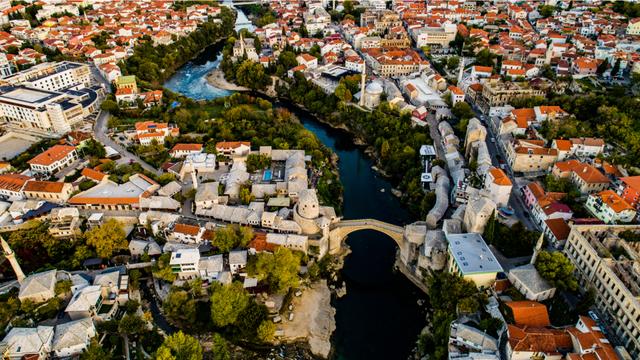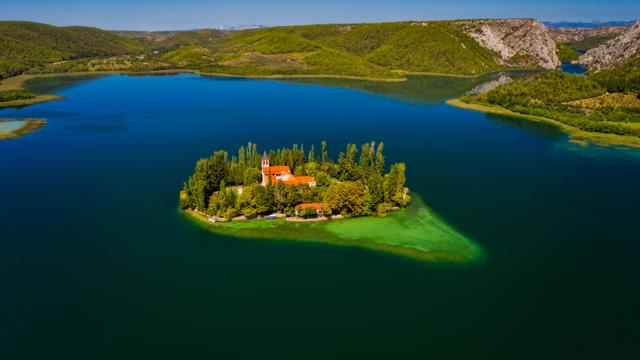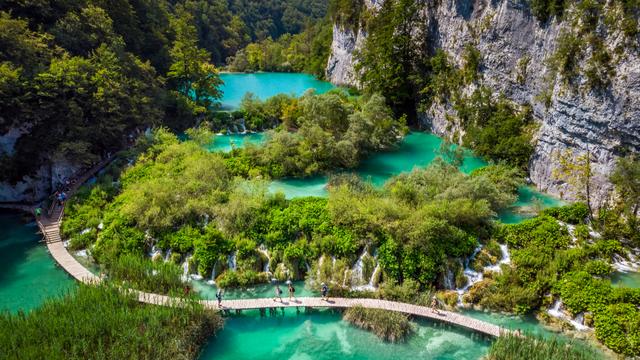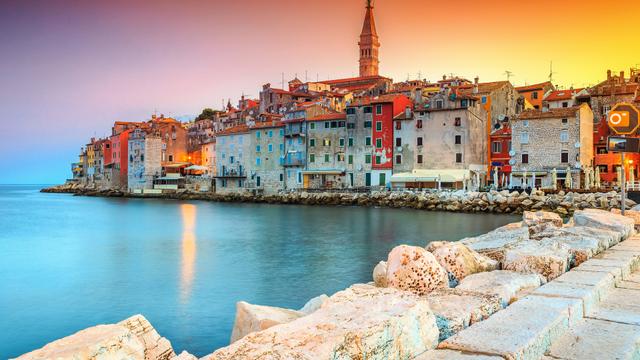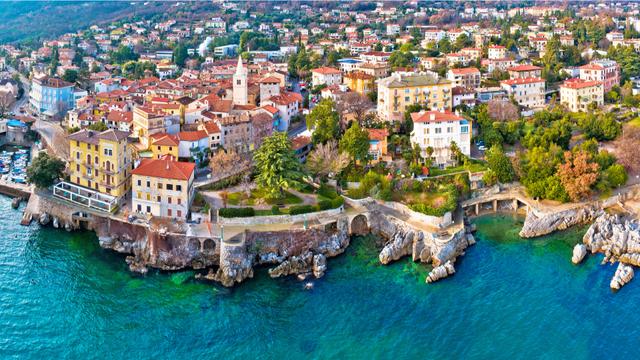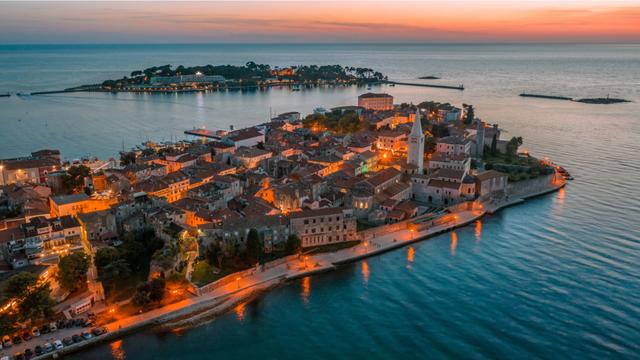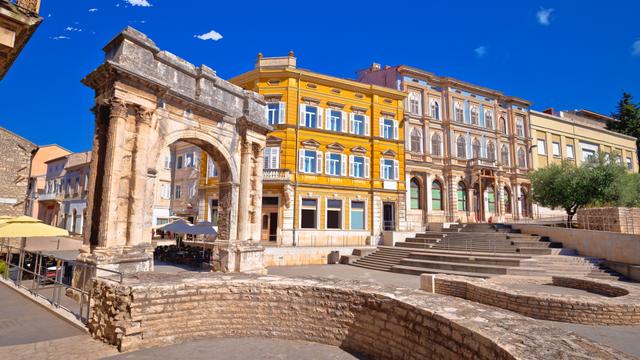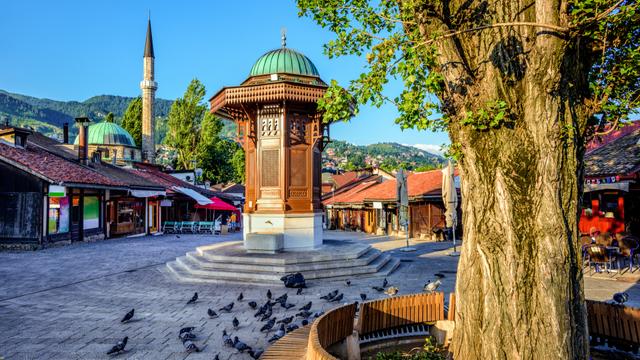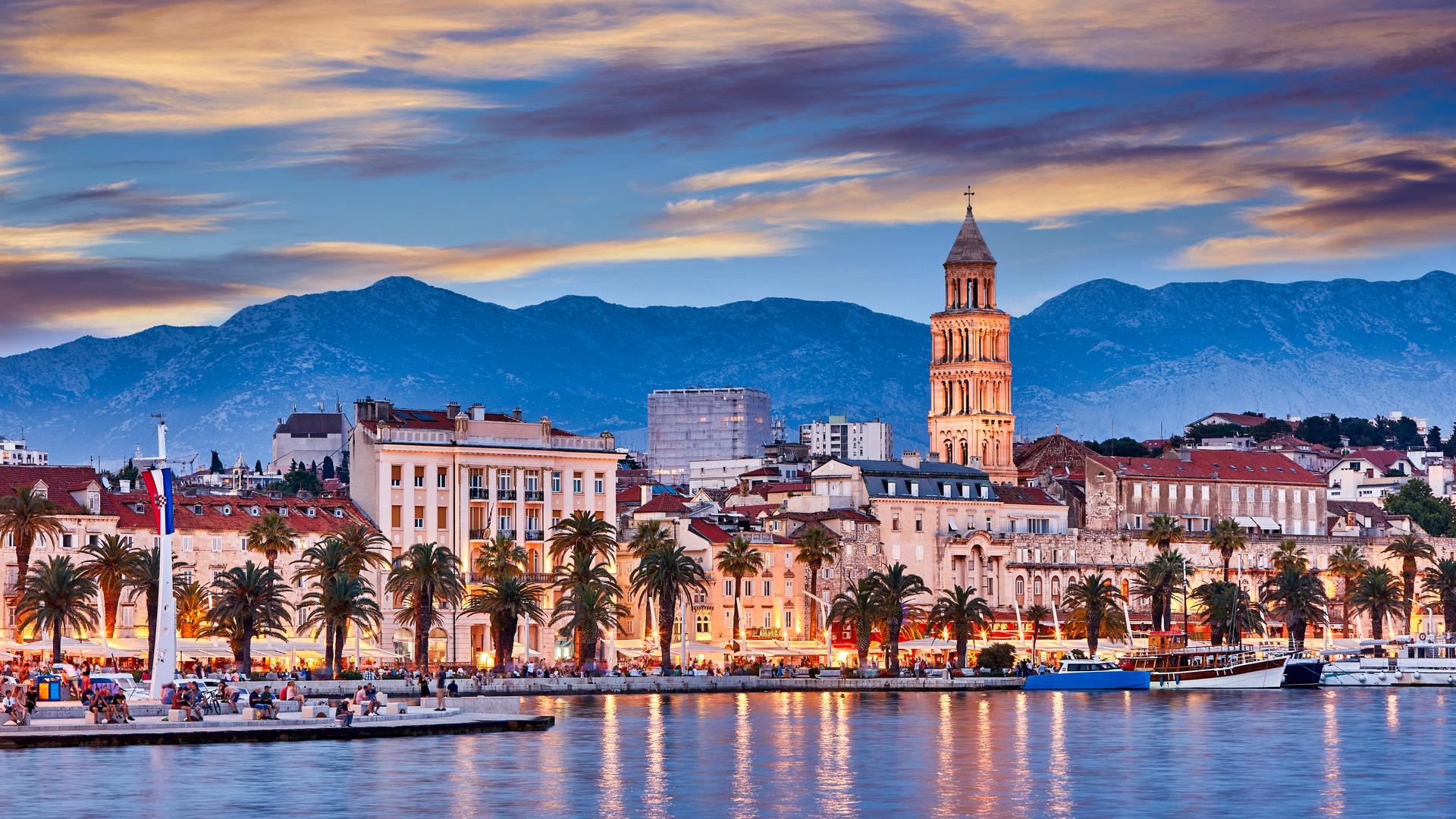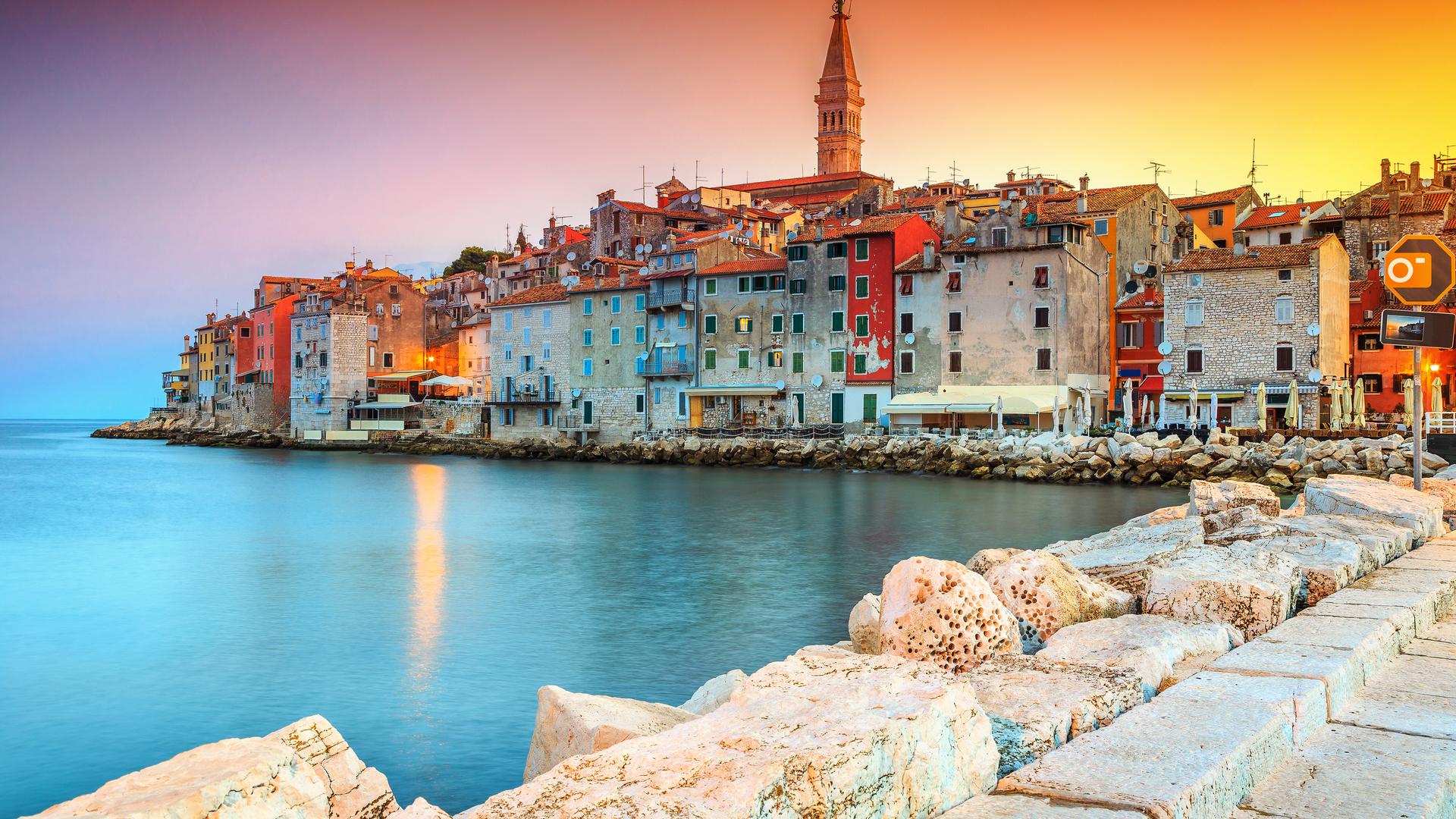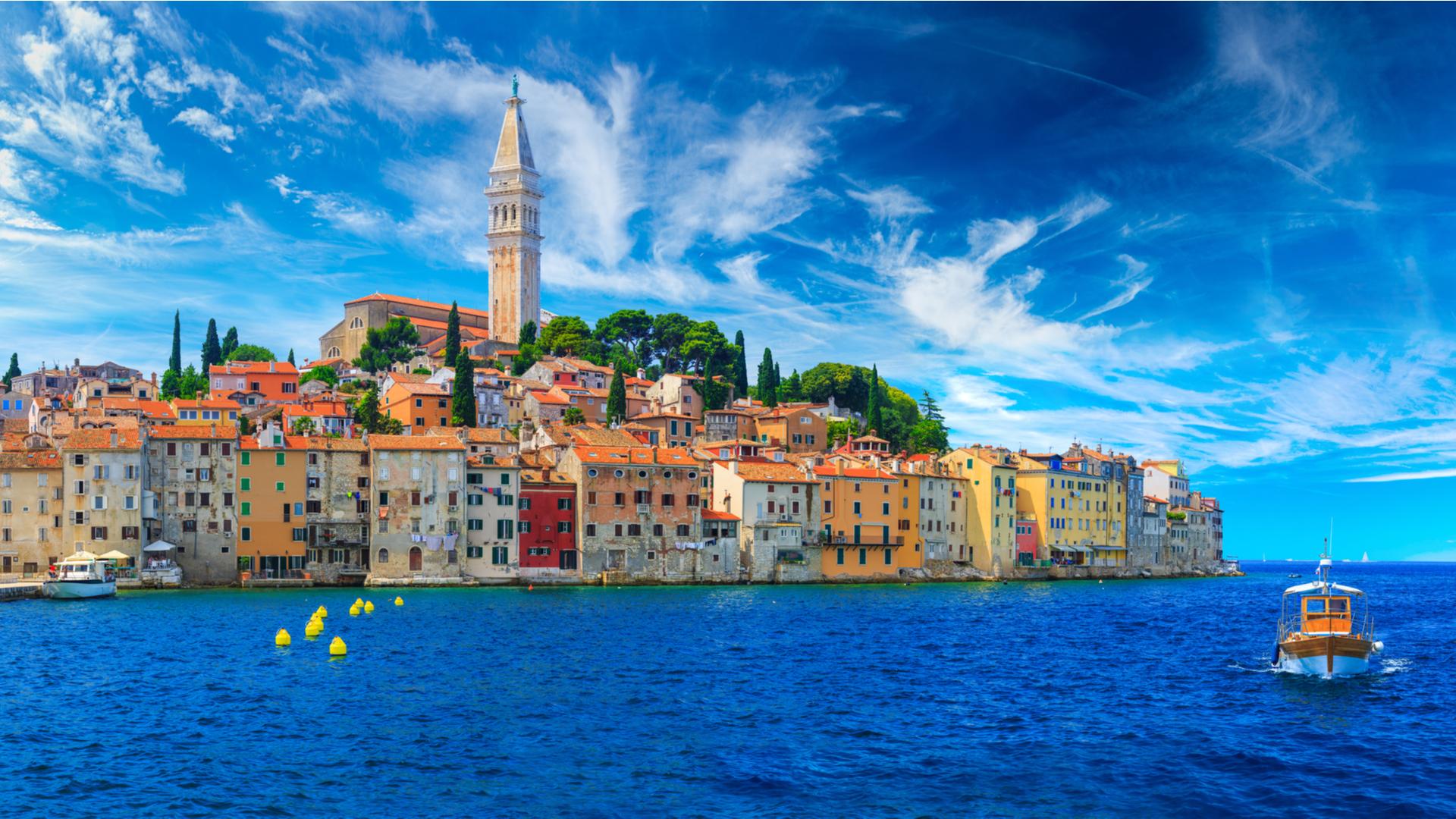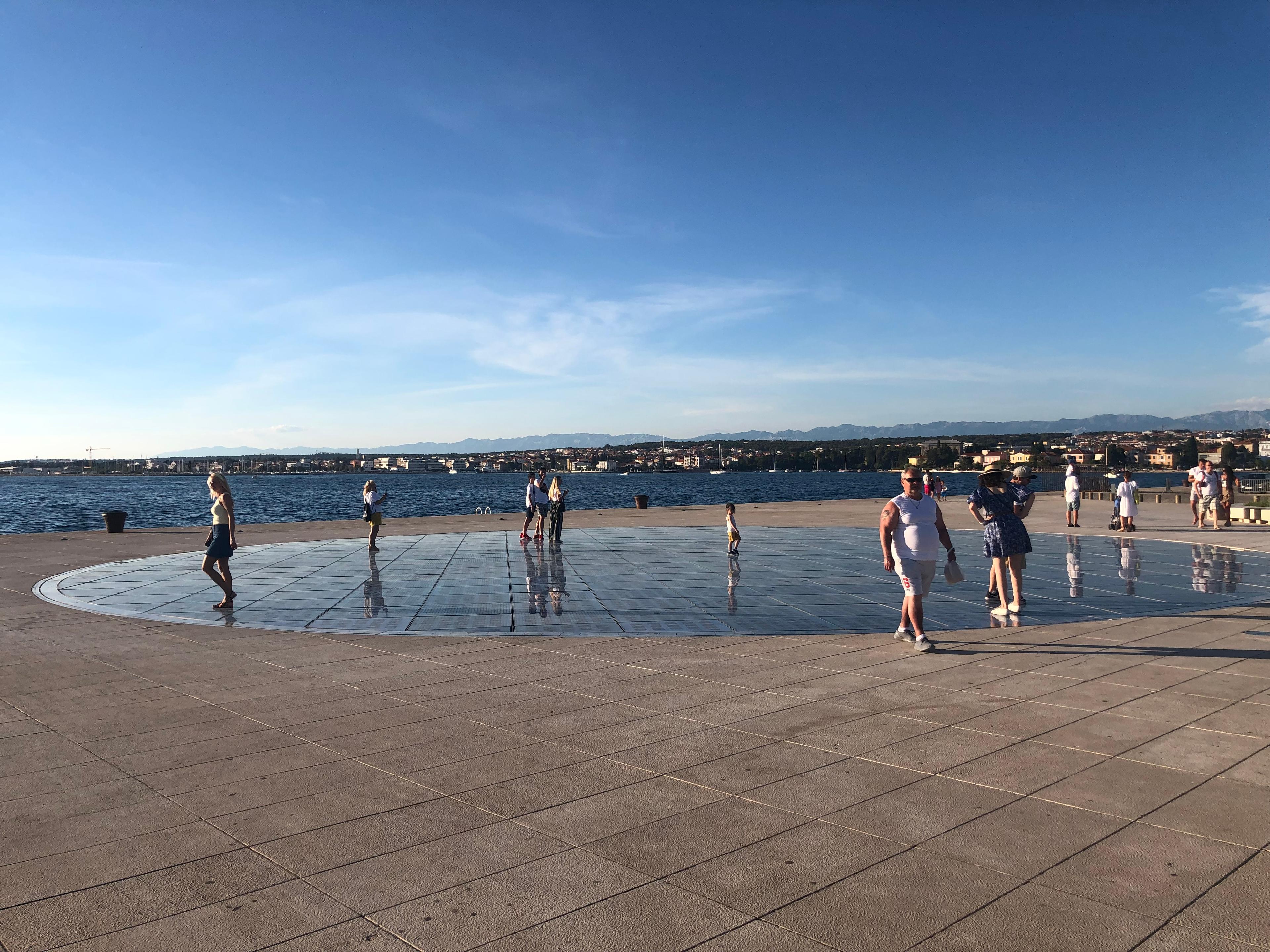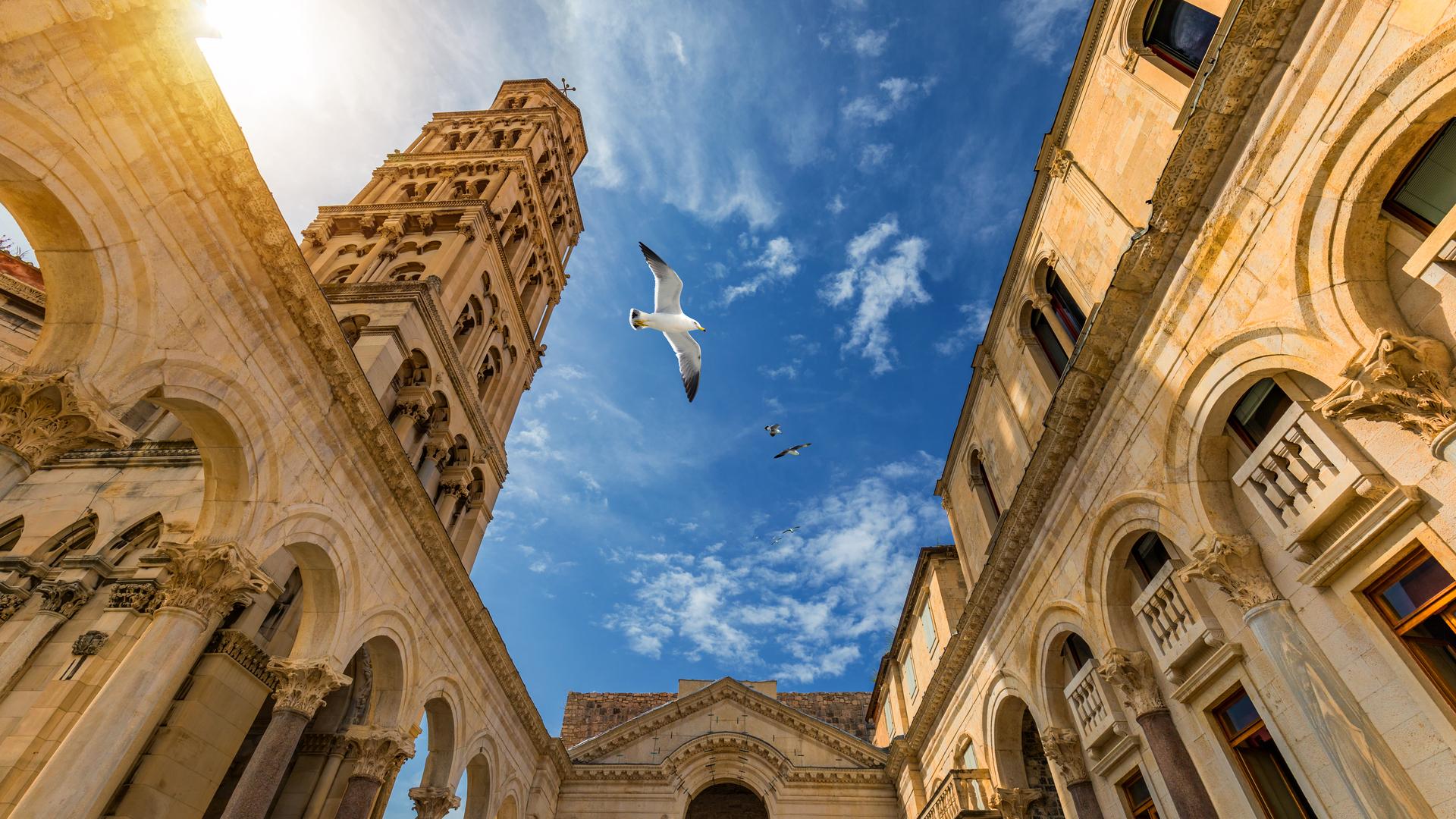Split - Zadar - Rovinj
Similar popular transfers:
Private transfer from Split to Rovinj via Zadar
The best way to go and visit the city of Rovinj is to book a private transfer from Split to Rovinj.
MaciTours is a Croatian transfer service which offers the best prices for a private transfer. MaciTours has at its disposal a fleet of luxurious and premium vehicles that will make your transfer as comfortable as possible.
Rovinj is located some 500 km from Split and the duration of your transfer is around 5 hours. While travelling from Split to Rovinj, you may want to visit the Krka, where you will have up to 3 hours of free time to see the Park and explore its natural beauties. Contact MaciTours for rates for this Split to Rovinj via Krka National Park private transfer option.
You can also book Private transfer from Split to Rovinj via Plitvice Lakes
The prices for a Split to Rovinj via Zadar private transfer start at 450 euros (the price is per vehicle, not per person).
How to get from Split to Rovinj via Zadar?
Every summer You get asked How to get from Split to Rovinj via Zadar. You need to come fast and easily in Rovinj. Like we mentioned above, the fastest and easiest way to get from Split to Rovinj via Zadar is to book a private transfer from Split to Rovinj with MaciTours, Croatian transfer service. Private transfer between Split and Rovinj via Zadar You can book easily in less then one minute using our booking form. After You have made a successful booking You don't need to worry about anything.
That is not the only way How You can get from Split to Rovinj. You can also take a bus which operates daily, average price is between 40-50 euro per person and it drives about 06h30min . Another option is to take taxi directly on the airport but that will be more expensive then private transfer and You don't know what You can except.
A few facts about Zadar
The city of Zadar is an ancient city, located in northern Dalmatia. This 3000 year old city is located on a peninsula, where the old city centre is situated.
The Old City has many famous sights to visit, such as the well-preserved remains of a Roman Forum, where tourists like to stroll and enjoy a fine summer day among ancient Roman ruins.
What to see in Zadar
On that square you will see the famous St. Donat's Church, one of the best preserved pre-Romanesque churches in the world and an iconic symbol of the city, where many concerts often take place during the summer. Also on the Forum is the Archaeological Museum. The collections of this museum cover the period from prehistoric times to the Middle Ages, testifying to the Zadar's rich history.
One of the main attractions for tourists visiting the city is the Sea Organ, a man-made organ on the Zadar Riva, which uses sea waves to create a musical soundscape. The experience is made even more memorable by the famous Zadar twilights, best observable from the Riva.
The city has a lot to offers when it comes to culture, but Zadar also has a lot of small bars which are close to each other in the narrow streets of the Old City. There are also many restaurants which offer excellent Croatian Mediterranean cuisine in the beautiful setting of the Old City.
The city is is one of the best destinations to visit, not only in Croatia, but in Europe as well, offering its visitors with an abudance of fine cuisine, iconic sights, cultural events and rich history that testifies to the citys turbulent history, from the bombings in World War II to destruction suffered in the Croatian War of Independence.
How to get around
The Zadar Airport operates as a commercial airport and during the summer seasons there are various tourist flights from several other European cities and Ryanair also operates low-budget flights from and to Zadar. The city is also connected by train and bus and the ferry company Jadrolinija offers daily ferries to Dubrovnik, Rijeka and near-by islands in the Zadar archipelago just opposite of the city.
From Zadar, you can take a private transfer with MaciTours to The Krka National Park and the Plitvice National Park and see its famous natural beauty and iconic waterfalls.
A few facts about Rovinj
Rovinj is a small town located on the western coast of the Istrian peninsula and is a popular tourist resort and a still active fishing port.
Rovinj was already a settlement of Venetian or Illyrian tribes before being captured by the Ancient Romans, who called it Arupinium or Mons Rubineus.
The town is built on an island close to the coast and later became connected to the mainland in 1763.
From 1283 to 1797 Rovinj was one of the most important towns in Istria governed by the Republic of Venice. During this period three town gates were constructed and Rovinj was fortified by two rows of defensive walls, remains of which can still be seen today.
It then belonged to Kingdom of Italy from 1918 to 1947, when it was ceded to socialist Yugoslavia.
The main economic activity in Rovinj is tourism and during peak season from May to September, its bars, restaurants and art galleries work long hours, while operating limited hours off-season.
Rovinj's main central thoroughfare is the fully pedestrian Carrera Street, with many independent shops and art galleries.
A farmer's market is located at the edge of the historic part of town, near Valdibora Square.
Rovinj is the second biggest tourist destination in the county, in terms of overnight stays. The two closest airports are Pula and Trieste in nearby Italy and during the summer season, low-cost airlines such as Ryanair operate direct flights from West Europe to both airports.
Also during the summer season, there is a direct high speed ferry link between Venice and Rovinj. High speed weekly lines to the Port of Ravenna and Cesenatico are also available in the summer.
There are numerous hotels in Rovinj itself, and beds are abundant but usually overbooked in the summer months.
The city also has two luxury, 5-star boutique hotels, Hotel Monte Mulini and Hotel Lone, but there are also a handful of hotels on small islands surrounding Rovinj which are linked to the mainland by boats which go from the city centre to the hotel on the islands.
What to see while in Rovinj
Rovinj is known for its pristine beauty of the indented coastline and its forests, consisting of holm oak and Alpine pine trees.
The town has many old churches that you can visit, such as the famous St. Euphemia's Basilica, an iconic landmark of Rovinj, a Baroque church in the centre of the town where the relics of Saint Euphemia are preserved in a Roman sarcophagus dating to the sixth century.
Another site to visit is Monkodonj, a hill fort occupied about 1800--1200 BC during the Bronze Age.
Other places to visit are the beautiful ZlatniRt Forest Park and the LimskaDraga Fjord.
The Rovinj archipelago consists of 19 islands, which, along with the coastline, have been described as being "of outstanding natural beauty".
Itinerary
08:00 - Pickup and departure from your accomodation in Split.
09:30 - Explore Zadar, sea organ, church of St. Donat.
12:30 - Our journey to Rovinj from Zadar begins
15:00 - Stop for a lunch
17:00 - We arrive at your accomodation adress in Rovinj.
Transfer includes
• Pick up in Split and drop off in Rovinj via Zadar(or vice versa)
• Comfortable air-conditioned vehicle
• Professional knowledgeable English speaking driver
• All cost related to the vehicle -- gas, parking, highway tolls
• All costs related to the driver
• Available Wi-Fi in the vehicle
• 0.5l bottle of water per passenger

